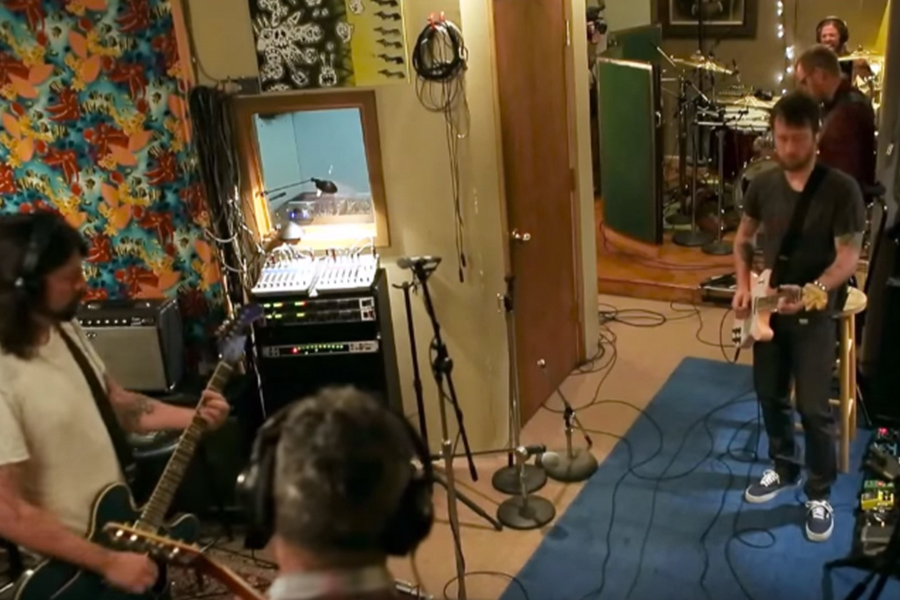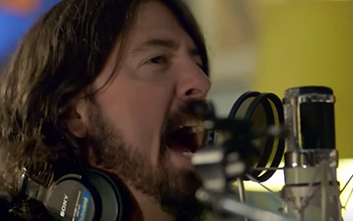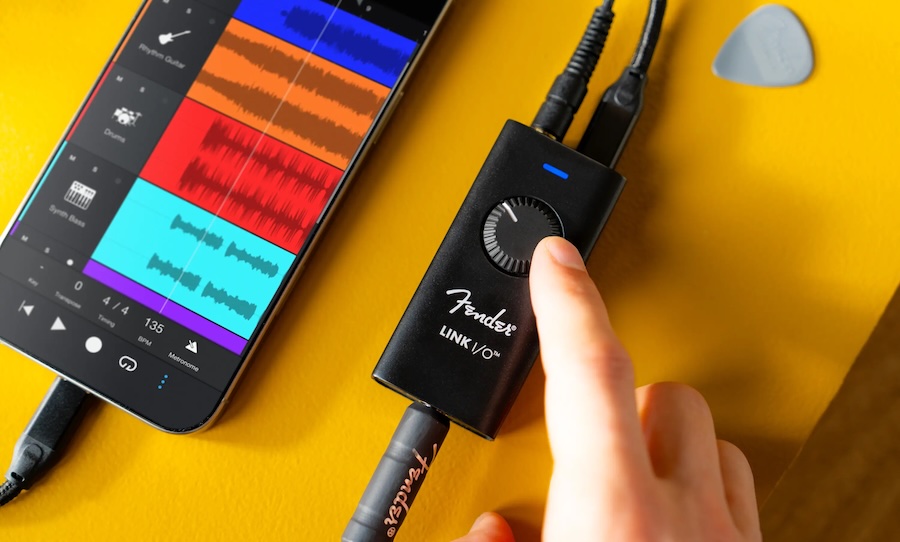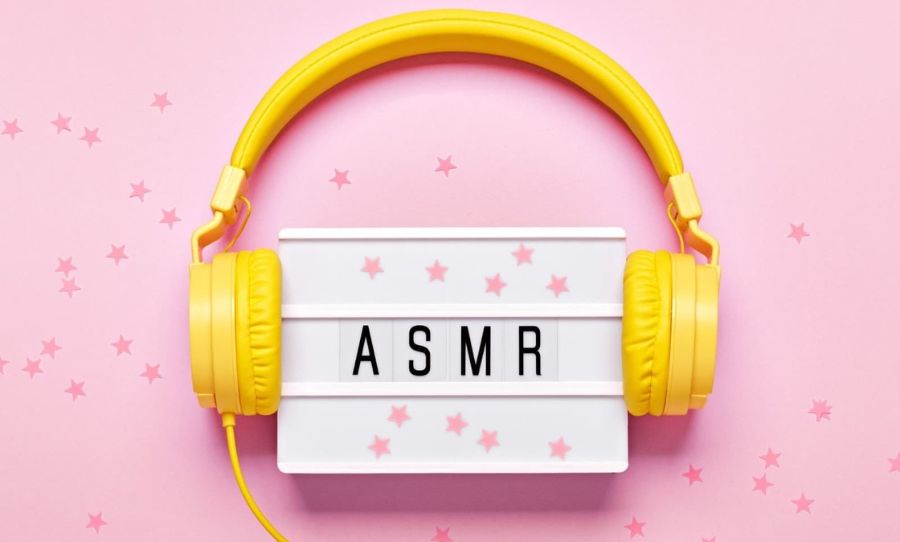Last week we shared four of our all time favourite home recordings that made the final mix.
Digging a little deeper it becomes rather apparent that there’s something about the warmth of familiarity that can spark security and feelings of comfort, even in the darkest times.
For many artists, home can be the only place who’s confiding walls provide the necessary security and privacy in which to release demons, desires and disasters through the cathartic release of music.

An undeniable warmth comes from an artist expressing their creations in the comfort of their own home. Part 2 of our home recorded LPs delves even deeper.
Animal Collective – Campfire Songs
Unlike a lot of album titles, Animal Collective’s 2003 album Campfire Songs does exactly what it says on the tin. At the time of recording, it was intended as the debut release under the new band name, Campfire Songs, but was retroactively classified as the third release from Animal Collective. The band shunned the studio for the five track recording, making themselves at home on a porch in rural Maryland instead.
Recorded on a cold November day, all five tracks were recorded live in one take. With three members of the band actually performing (Avery Tare, Panda Bear and the debut appearance from Deakin), the remaining member, Geologist, recorded the material.
Using three Sony MiniDisc players and Sony ECM-MS907 mics placed around the band, the result is an incredibly warm and surprisingly rich sound. It would have been impossible to avoid capturing ambient sounds like birds and crickets during this outdoor live recording, but they actually recorded more to add later.
The concept had been to produce the kind of sound that was “really warm and inviting-sounding… We wanted it to sound like a campfire feels and I think that also made us think of campfire songs that you can sing with a bunch of people and everybody gets connected and feels good and safe.”
However, the session was hardly spontaneous or improvised. The band were well rehearsed and certain of how they wanted Campfire Songs to sound. An interesting combination of a carefully thought out performance, set loose in an uncontrolled environment.
Deep Purple – Machine Head
As I’ve already mentioned, home recordings are usually on purpose. Whether it’s because of budget restrictions or creative intentions. It’s not often that a band is forced to resort to makeshift studio spaces, especially when the band in question were hitting the big time and all set to record in one of Europe’s grandest venues. The band in question also immortalised the experience in what would become perhaps one of the best known rock songs in the world.
In 1971, Deep Purple travelled to Switzerland to record their iconic album Machine Head. The historic Montreal Casino on the shores of Lake Geneva had been booked by the band, directly after Frank Zappa’s concert there. However during Zappa’s show, one of the audience fired a flare into the ceiling of the Casino, resulting in a fire that destroyed both the venue and Deep Purple’s plans.
The band relocated to the nearby abandoned Grand Hotel, where they quickly had to assemble a kind of home studio. Armed with the Rolling Stones’ mobile recording unit, which they parked in the snowbound entrance. They ran cables over balconies and through corridors.
Using an odd assortment of equipment and the hotel mattresses in place of acoustic treatment (see, it’s a thing), members of the band set up in various locations. In fact, they actually gave up listening to playbacks due to the arduous walk between the recording space and the unit outside. Simply playing until they were satisfied with their performance.
Luckily it was all worth it as Machine Head hit number one in the British charts within a week of its release. The album contained legendary tracks like Highway Star and Space Truckin’. And of course, Smoke On The Water, the song that recounted the band’s time in Switzerland…
“We all came out to Montreux
On the Lake Geneva shoreline
To make records with a mobile
We didn’t have much time
Frank Zappa and the Mothers
Were at the best place around
But some stupid with a flare gun
Burned the place to the ground
Smoke on the water, fire in the sky”
Foo Fighters – Wasting Light
It seems that where Dave Grohl is concerned, you can take the punk rocker out of the garage… but he’ll go straight back in as soon as he gets the chance. Despite having the choice of any recording studio, and even actually owning one himself, Grohl opted to return to his roots for the Foo Fighter’s 2011 album Wasting Light.
Twenty years after recording Nevermind, Grohl reunited with Nirvana producer Butch Vig and bassist Krist Novoselic to discuss the Foo’s seventh record. His idea was to get back to basics and “dust off the tape machines”. There were only two rules; everything had to be recorded to tape, and it had to be recorded in Grohl’s two car garage. You may assume, as Vig initially did, that a rockstar like Grohl would possess a pretty swish garage… I mean, we’ve all seen Cribs. The reality was more modest, in fact it was a shitty, rectangular room that spanned 18 by 20 feet, max.
Although Vig was hesitant at first, threatening to dump the whole lot in ProTools if it all went wrong (a suggestion which Grohl countered with a threat to throw the computer out of the window if he did), he came around to idea. Realising that this was exactly how they used to do it, he simply told the band that the only way it would work was if they were razor sharp in their performance. No mistakes. Then he went and dug out his old razor sharp, ready for editing.
The garage worked surprisingly well due to it’s high ceilings, with only a slight issue with percussion in the tight space. A crash cymbalhad to be exchanged for a a shorter-decay Zildjian cymbal with holes drilled in it to minimise bleed. Laying rugs underneath the kit was as far as they went towards taming the space. So no mattresses for Grohl. Instead, they embraced the trashy aggressive sound of the space. They also welcomed the vagaries and slight errors in editing, inherent in working with tape.
The challenge didn’t exactly end once the amps were turned off either. Mixing the album was a massive project, not least finding someone willing to work off tape. Throwing the cuts to Alan Moulder (Smashing Pumpkins, the Killers, Them Crooked Vultures) at Chalice Studios, he soon hit a wall as he made little progress even matching the roughs. Which meant it was back into the garage. Crowding into the space to manually mix the album, it sometimes demanded eight hands on deck.
Despite Grohl’s strict conditions, and Vig having to reacquaint himself with methods he hadn’t used in decades, Wasting Light is a masterpiece, in my opinion. Revitalising the Foo’s sound with a brash roughness that does a lot to counteract some of their shinier moments. Always a master of songwriting, Grohl brought a perfect fit to this album. The image of a punk rocker in his shitty garage is always simplistic, but Wasting Light also seems to rediscover the sheer skill that this kind of recording demands.
Nine Inch Nails – Downward Spiral
Home recording usually implies teenage bedrooms, tight familiar and safe spaces. However Nine Inch Nails, predictably, found a much darker home recording space. Faced with the creation of the band’s second album, Trent Reznor decided to exit professional studios and hole up at home. The home in question though happened to the site of the infamous Manson Family murder of actress Sharon Tate. Reznor named his home studio “Le Pig”, a reference to the blood-scrawled message left by Charles Manson & co. Pigs were also a recurring theme throughout the album.
Reznor described his first night in the house as terrifying, and was actually confronted by Tate’s sister Patti during the recording. She questioned him as to whether he was looking to exploit Sharon’s death by recording in the house, an accusation which hit Reznor like slap in the face from the reality of the situation.
However, none of this deterred him from producing one of Nine Inch Nails’ most iconic albums; Downward Spiral. Mostly recorded into a Macintosh computer, Reznor developed a supreme command of technology throughout the recording. Manipulating sounds through software, often past the point of recognition, he used inverted frequencies to create unique effects. A groundbreaking album in terms of writing and production, the full list of equipment is actually available via Sound on Sound:
“The studio was equipped with a 56-input Amek Mozart console with Rupert Neve modules, two Studer A800 Mk3 multitrack machines, Mac-based Pro Tools and a host of outboard gear, in addition to Akai S1100 and Kurzweil K2000 samplers; Prophet VS, Digidesign Turbosynth, ARP Odyssey, Oberheim Expander, Oberheim OBMx, Roland MKS80 and Minimoog synthesizers; Doepfer and Oberheim sequencers; a Mellotron MKIV polyphonic tape replay keyboard; a Roland R70 drum machine; and assorted Jackson and Gibson guitars.”



